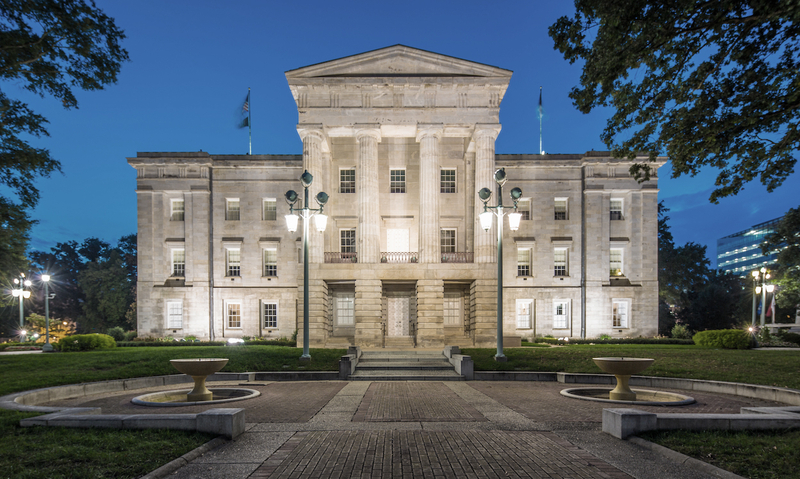Report: Confidence in public education has decreased since pandemic


Nearly 50% of voters say their confidence in public education has waned since the pandemic sent public education into a tailspin, according to a national survey of voters and parents released Monday by the Hunt Institute.
The Hunt survey also shows that only a quarter of parents believe school district officials, state education leaders and school board members have handled COVID-related challenges well.
The findings are part of a report titled “Across the Aisle: Bridging the Education Divide, What Voters and Parents Want in Education.” The report was co-authored by Hunt Institute President and CEO Javaid Siddiqi and former West Virginia governor Bob Wise.

Siddiqi and Wise report that the growing dissatisfaction with public schools was most acute among Republican and independent voters. The declining perceptions of public schools have coincided with the growth of school choice options and preferences, the two report.
Forty-four percent of parents surveyed said they enrolled their child in a charter, magnet, private or religious school because they thought the quality of education was better.
In a statement, Sidiqi said the report gives policymakers insight into the issues voters and parents care about when it comes to schools.
“This initiative was created to provide policymakers with accurate, unbiased insights into the minds of their constituents, so we can move past speculation into reality and action,” Siddiqi said.
The report is a follow-up to last year’s 2021 Emerging Priorities for Education Leaders Report which sought to understand the educational challenges and issues that most concerned the public’s mind. This year’s report explores whether priorities have changed.
Here are key takeaways from the new report:
- Recent hot-button issues such as book banning and curriculum censorship are largely unpopular. About 7 in 10 voters (68 percent) and 6 in 10 parents (60 percent) believe book banning and curriculum censorship is a problem. In addition, compared to other issues provided in the survey, it is among the lowest ranked priorities for policymakers to address.
- School safety in particular is a high priority issue in the eyes of voters and parents. Three in four voters (75 percent) believe that guns and other physical violence in schools is a problem, and a similar number (73 percent) believe bullying, including cyber bullying, is a problem.
- Voters look to additional mental health supports as a necessary part of recovery efforts. Over half of voters (51 percent) strongly favored investing in student’s individual needs, including their social and emotional learning needs. Additionally, 85 percent of voters believe that additional counseling or social, emotional, and mental health supports would help students move forward from the pandemic’s impacts.
- One year later, learning loss remains a high priority issue for parents and voters. Seventy percent of voters believe that learning loss is currently a problem, and 40 percent believe that it is a very big problem. Early literacy in particular is a key issue among the public with 70 percent of voters identifying students reading at grade level as very important.

Wise said the way forward is through the strategic use of billions in federal COVID-relief dollars to make major investments in public education.
The deadline for states to use Elementary and Secondary School Emergency Relief Fund (ESSER) dollars is less than two years away. The U.S. Department of Education established the program in response to the pandemic.
“People understand or are coming to understand that there are federal dollars for education, and they want to do both,” Wise said. “They want to return to a new normal and use COVID relief dollars to get their children safely back in school. At the same time, they understand that this may be the only major source of investment that we have for a long time, so they want to make both short- and long-term investments.”








